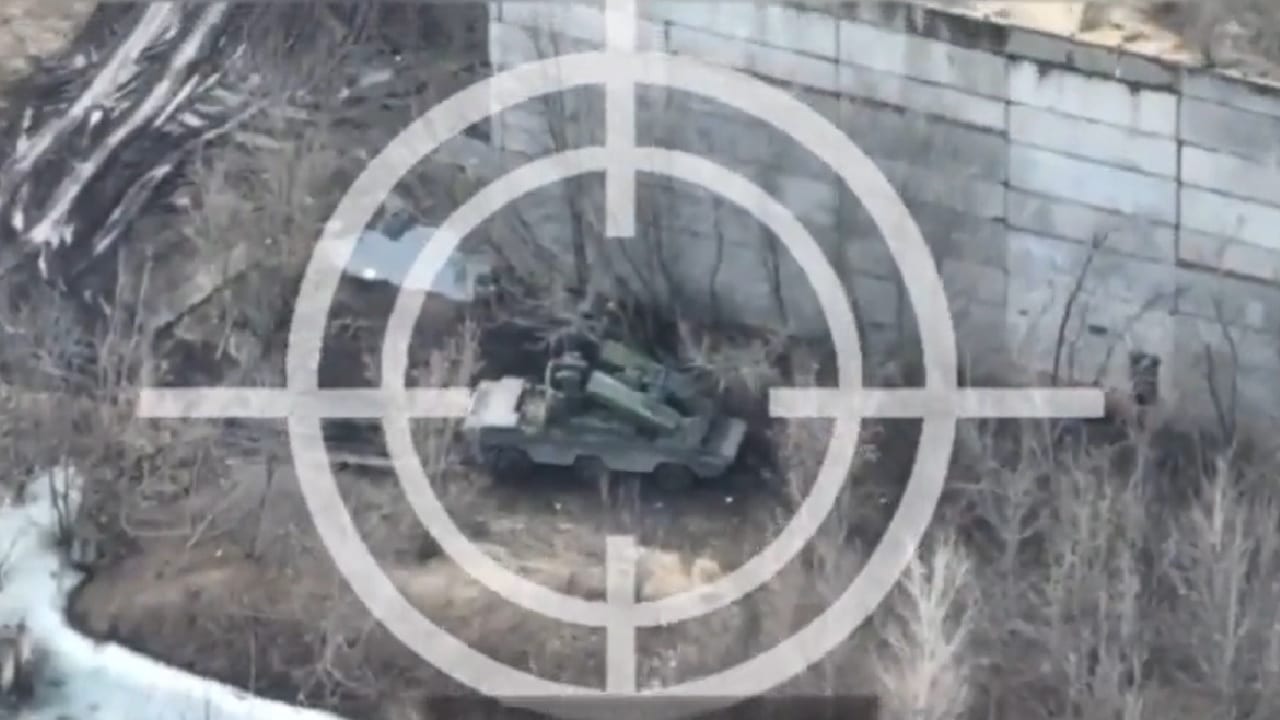During the First World War, from the winter of 1916 to 1917, the German Army constructed the “Siegfriedstellung” or Siegfried Position, a defensive line that ran along the Western Front. It was constructed after the Battle of Verdun and the Battle of the Somme left the German Western armies exhausted. Following more than two years of heavy fighting, the German military determined that it would be unable to contemplate a major offensive and opted to build the defensive position.
Though officially named after Siegfried, a mythical medieval dragon-slayer, by the Germans – it earned the nickname the “Hindenburg Line,” by the British after the German Army’s supreme commander. It was attacked several times but wasn’t successfully broken until September 1918 during the Hundred Days Offensive at the end of the First World War.
Perhaps the Russian Army is taking a page from the German playbook from a century ago, as there are reports that the Kremlin’s forces are building defensive lines that stretch continuously across 45 miles of occupied Ukrainian countryside. The lines cut across the region of Zaporizhzhia, more than 50 miles into Russian-held territory but also hundreds of miles away from the most active warzone around the eastern city of Bakhmut in the Donbas Region.
The Putin Line?
Though the “Putin Line,” as this reporter has dubbed it, is now little more than a “mega trench,” it could be a sign that Russia plans to dig in and fortify the ground it holds in anticipation of a planned Ukrainian spring offensive. Already much of the fighting around the city of Bakhmut increasingly resembles that of the Western Front with a mix of deep trenches with bunkers and others trenches that are more hastily dug as each side tries to make any advance.
Recent snows and rains have turned those trenches into little more mud-soaked ditches.
Now, it appears that the Kremlin could create a more capable defensive position with reserve-slope positions, hardened bunkers, and even tank traps. Russia has also used the construction of the trenches and defensive positions as a form of propaganda to evoke the “sapper shovels” that dug lines to protect Moscow and the Soviet Union’s other urban centers during the Second World War.
Could It Stop a Ukrainian Attack?
Though the German Army was exhausted in 1916 and 1917, the Hindenburg line proved vital to stopping an Allied offensive. It is for those reasons that 1917 has been described as the year of stalemate.
No doubt the Kremlin may be hoping for a similar situation by constructing such a defensive line while seeking to slow any assault on Crimea. The Russian Army has taken massive casualties and its attempted winter offensive has failed to reach any of its key objectives.
As any victory has eluded Moscow, it may now be seeking to settle for holding what it controls and forcing Kyiv to the peace table. The Putin Line could be part of that effort, but it should be remembered that while trench warfare may resemble that of 1917, it is still being fought with 21st-century weapons. Western main battle tanks, HIMARS, and drones may not be as easily stopped by a long trench.
MORE: Video – Ukraine Has Massive New NATO ‘Cannon’ Ready To Fight Russia
MORE: ‘Americans Will Pay The Price’: One Democrat Is Angry At Joe Biden
MORE: Could Joe Biden Get Impeached?
Author Experience and Expertise:
A Senior Editor for 19FortyFive, Peter Suciu is a Michigan-based writer. He has contributed to more than four dozen magazines, newspapers, and websites with over 3,200 published pieces over a twenty-year career in journalism. He regularly writes about military hardware, firearms history, cybersecurity, politics, and international affairs. Peter is also a Contributing Writer for Forbes and Clearance Jobs. You can follow him on Twitter: @PeterSuciu.

